Introduction
What is Google LaMDA? What is Google Bard, and how is this different from OpenAI ChatGPT? We have already compared these two AI models. Google recently launched its new chatbot, called Google Bard AI. It’s a unique and advanced technology that allows people to talk to an artificial intelligence program and get information. Google hopes this new technology will change how people search for information on the internet.
What is Google Bard AI?
Google has recently introduced a new chatbot called Google Bard AI, built on LaMDA technology and programmed to use the web to find the most up-to-date answers to questions. The chatbot uses deep learning algorithms, also known as “large language models,” to respond to text-based questionnaires.
One of the unique features of Google Bard AI is its ability to learn from its interactions with humans and improve its performance over time. The chatbot is an experimental conversational AI service developed by Google, and its launch demonstrates the company’s commitment to advancing the field of artificial intelligence.
Google’s CEO, Sundar Pichai, has expressed his excitement about adapting cutting-edge AI research and development to solve real-world problems. However, some organizations, such as OpenAI, have surpassed Google in terms of AI developments and applications due to the rapid advancement of technology and delayed decision-making at large firms like Google.
OpenAI focused on generating high-quality AI models and allowing people to discover their uses for them, while Google worked on integrating AI into their existing business plans.
Despite these challenges, the launch of Google Bard AI as a lightweight version of LaMDA in Google Search has the potential to revolutionize the way people find and use information online. This new technology could be a game-changer for information-gathering, making it more efficient and accessible.
What is LaMDA?
LaMDA is a language model that has gained attention for its advanced abilities. A Google employee recently thought that LaMDA might be conscious, which started a conversation about what the AI could do. This engineer also hypothesized that LaMDA might express anxiety through communication, similar to humans.
When we compared GPT to LaMDA, we learned that, At its core, LaMDA is a statistical method used to predict the following words in a series based on the previous ones. But what makes LaMDA stand out is that it can help people have more open-ended conversations instead of just giving answers based on tasks. To achieve this, a conversational language model like LaMDA needs to be well-versed in concepts like Multimodal user intent, reinforcement learning, and suggestions.
In simpler terms, LaMDA is a highly advanced AI system that can simulate human-like conversation. It can understand the context of a conversation and respond in a natural and fluid way. While some are concerned about its potential for consciousness and anxiety, others see it as a groundbreaking development in artificial intelligence. Overall, LaMDA has the potential to revolutionize how we interact with technology and each other.
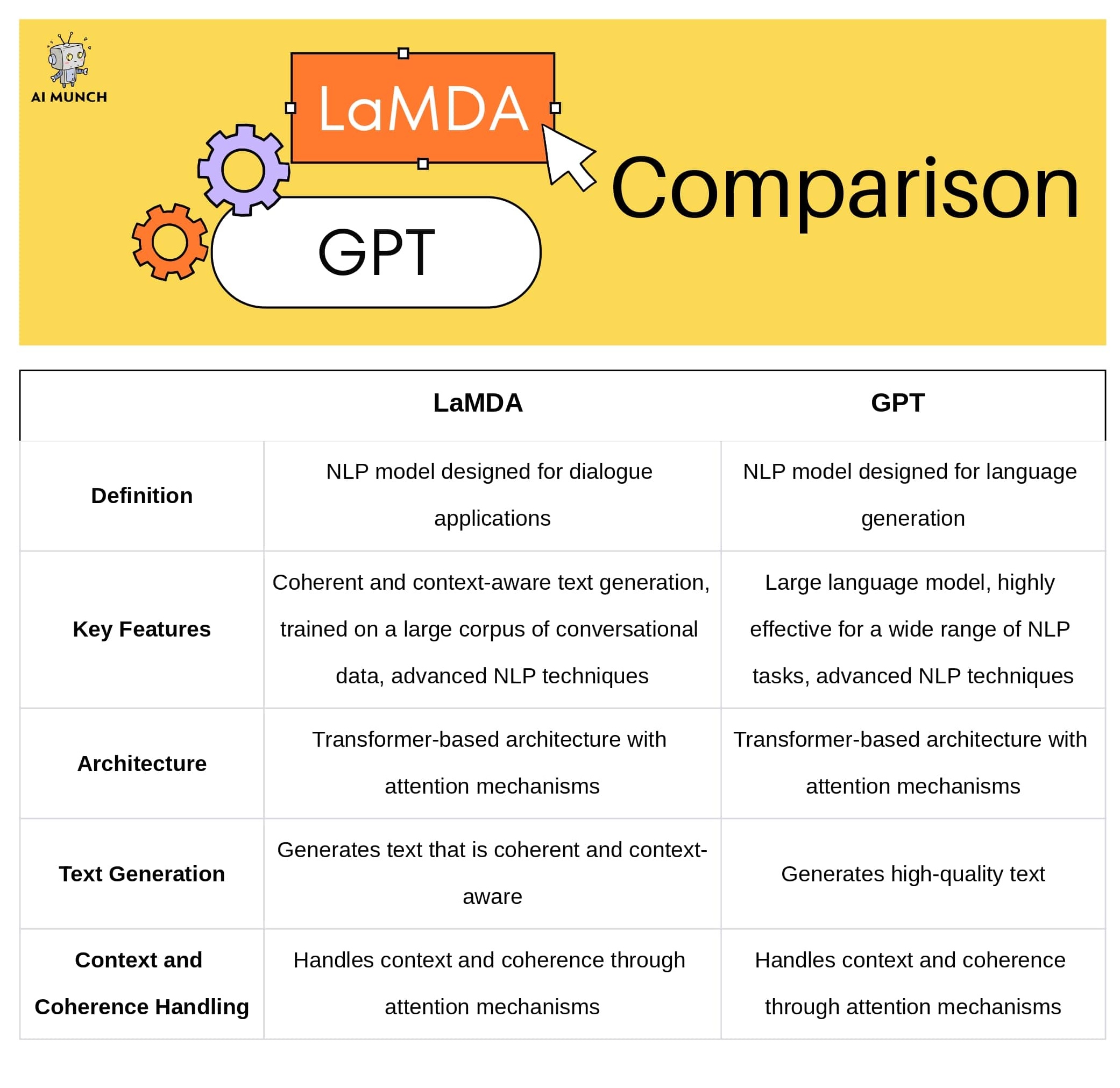
Google Bard AI use cases
The Google AI chatbot is a powerful tool that can help simplify your life and provide you with the information you need. Here are some of the most exciting ways you can use it:
- Social hub: The chatbot can also function as a social hub, facilitating conversations between users in the group and one-on-one settings.
- Get answers: If you have a question, you can ask the chatbot, and it will use its advanced AI algorithms to generate a thoughtful and relevant response.
- Find information: Whether you need a weather report or the latest sports scores, the Google Bard AI chatbot can help you find what you’re looking for using the search engine.
- Automate tasks: The chatbot is powered by Google AI, so it can take care of several tasks for you, like making restaurant reservations or booking a flight. With this new chatbot, Google can even purchase things for you.
- Personal assistant: The Google Bard AI chatbot can assist you in managing your time, ensuring you never miss an appointment or forget a critical step in a process.
In simpler terms, the Google Bard AI chatbot can help you with various tasks, from answering questions to booking flights and managing your schedule. It can also be used as a social hub for communication with others. Overall, this chatbot is a powerful tool that can simplify your life and fill in knowledge gaps.
“Soon, you’ll see AI-powered features in Search that distill complex information and multiple perspectives into easy-to-digest formats, so you can quickly understand the big picture and learn more from the web: whether that’s seeking out additional perspectives, like blogs from people who play both piano and guitar, or going deeper on a related topic, like steps to get started as a beginner.”
-CEO Sundar Pichai
How to access Google Bard AI?
Currently, the Google Bard AI chatbot is only available to a limited number of people for testing purposes. To improve computation efficiency, Google is developing a lightweight version of its LaMDA language model upon which the chatbot is built.
The Google Bard AI chatbot has yet to be widely available, but when it is, it is likely to be built into Google Search. Users can access it by asking questions through the search bar. The chatbot uses advanced AI algorithms to get information from the internet and give up-to-date answers to text questions.
While there is no official release date for the Google Bard AI chatbot yet, the CEO of Google, Sunder Pichai, recently mentioned on his Twitter account that the chatbot’s API usage is being worked on. This suggests that the chatbot may be released soon, but the exact date is still uncertain.
4/ As people turn to Google for deeper insights and understanding, AI can help us get to the heart of what they’re looking for. We’re starting with AI-powered features in Search that distill complex info into easy-to-digest formats so you can see the big picture then explore more pic.twitter.com/BxSsoTZsrp
— Sundar Pichai (@sundarpichai) February 6, 2023
The Google Bard AI chatbot was made to give precise answers to complex questions and help plan a baby shower, recommend movies, and come up with lunch ideas. But it still needs to be clarified if the chatbot will be available through other Google products like Google Assistant or Google Maps.
Google Bard AI vs ChatGPT
Google Bard was primarily designed to enhance Google’s search engine capabilities, but it is also expected to serve as an automated support tool for businesses that cannot afford human support teams. The chatbot will be available to customers through a trained AI responder and will likely be integrated into the Chrome browser and its derivatives in the near future. Google is also planning to open up the platform to third-party developers eventually.
Google Bard employs Google’s LaMDA language model, whereas ChatGPT is built on its own GPT3 model. ChatGPT’s current GPT3 model is based on data collected before 2022, making it slightly older than Google Bard, which was built using more recent data. However, this does not necessarily make it more accurate, as Google Bard has encountered issues with providing incorrect answers to questions, even in its initial release.
While ChatGPT includes a built-in plagiarism checker, Google Bard does not have this feature yet. However, ChatGPT’s creative applications are not yet available in Google Bard.
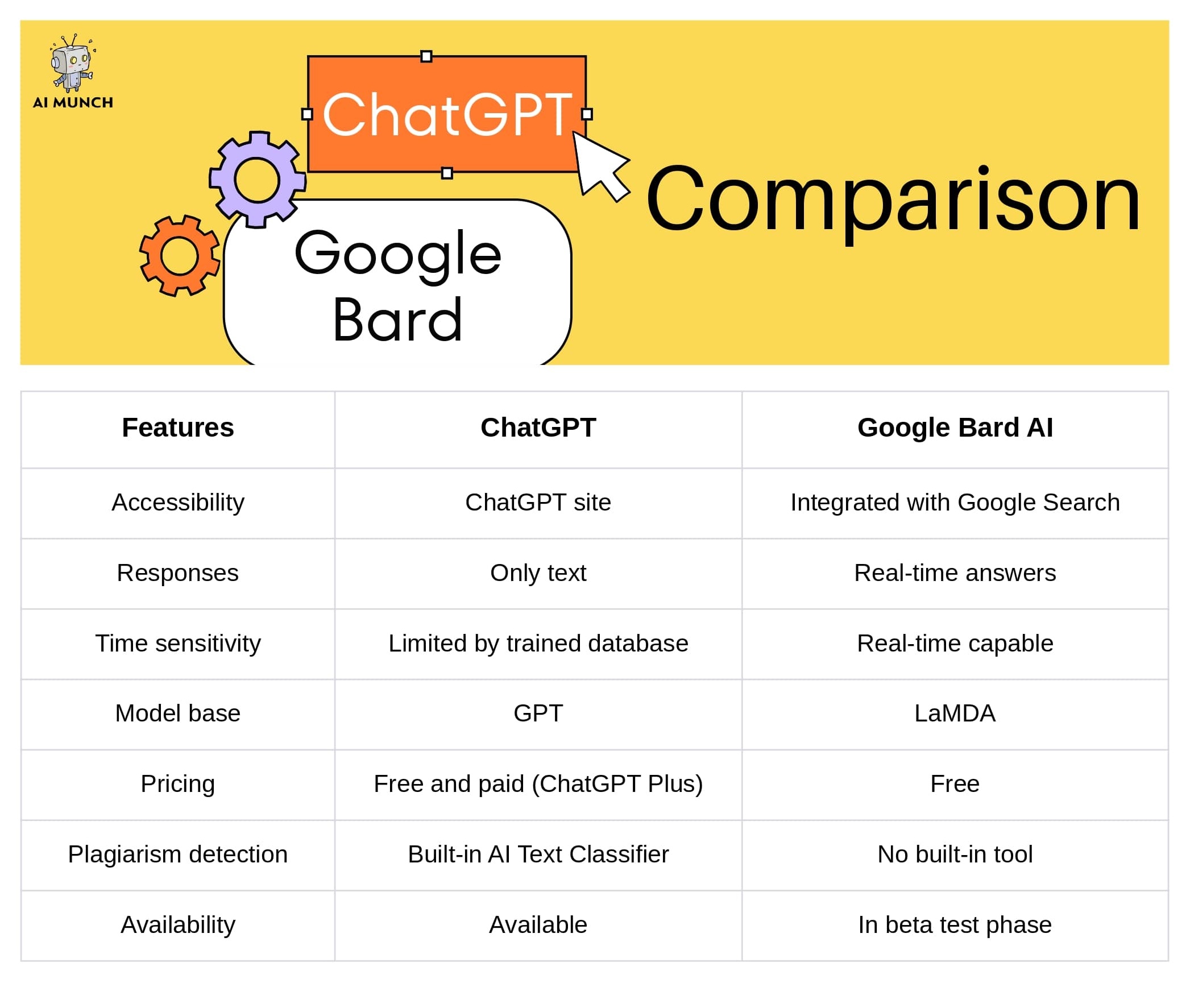
Scope of AI with Google Bard
In the present era, Artificial Intelligence (AI) provides numerous opportunities to delve deeper into information and turn it into practical knowledge efficiently, thus making it easier for individuals to find what they need quickly. AI is particularly beneficial when synthesizing insights for questions that may have various answers.
Shortly, AI-powered features will enable Google Search to present complex information and various perspectives in a quick and easily understandable format. Google Search intends to introduce these advanced AI features soon.
Furthermore, Google plans to develop a range of tools and APIs over time to facilitate the creation of more innovative applications with the help of AI. These advancements could be crucial for startups seeking to create reliable and trustworthy AI systems.
Limitations of Google Bard AI
The way computer software is made, used, and run has changed a lot because of chatbots and conversational AI. They are set to revolutionize search engines, digital assistants, and email programs. However, despite their enormous potential, these technologies have their limitations.
Chatbots learn from the vast amounts of information on the internet, but they still have a long way to go before distinguishing between fact and fiction and avoiding biased responses.
Google Bard’s very first demo highlighted this limitation with a factual error. In a GIF shared by Google, Bard responded to a question about the James Webb Space Telescope with inaccurate information. The response claimed that the telescope had taken the first pictures of a planet outside our solar system. However, many astronomers on Twitter quickly pointed out this is incorrect, as the first image of an exoplanet was taken in 2004.
This mistake underscores the importance of a rigorous testing process and highlights the most significant limitation of AI chatbots. Google is trying to improve Bard’s responses and meet a high bar for quality in real-world information to keep up with the steep competition that ChatGPT has introduced to their relatively new ecosphere. One thing to remember is that ChatGPT also has limitations. Despite these limitations, the potential of chatbots and conversational AI remains enormous, and Google is working to overcome these challenges to deliver better and more accurate results.
Conclusion
The rise of AI technology has brought about many changes in how we interact with computers and information. Of course, artificial intelligence is affecting us in many ways. In particular, chatbots and conversational AI could change how we search, talk to each other, and even do our jobs. Some say ChatGPT will kill Google. However, as with any new technology, challenges, and limitations still need to be addressed. Google created “Google Bard” in response to OpenAI’s ChatGPT. Both companies are trying to improve their AI models because there is still so much to do. Recent mistakes in Google Bard’s answers show how important it is to test and check the quality of AI chatbots carefully. Even with these problems, AI has a lot of potential benefits, and companies like Google and OpenAI are still working to make their AI models better. We can expect to see even more exciting developments in the years to come.
FAQs
BARD. In a recent commercial, Google’s experimental conversational AI service Bard was shown. This service is based on the LaMDA model. Google’s huge language model is the basis for Bard, and it also uses data from networks. The model’s low computational requirements mean it can help more people.
Meet Bard, Google’s AI-powered conversational assistant. Like with ChatGPT, users can interact with the chatbot by just talking to it. Google’s Language Model for Dialogue Application (Language Model for Dialogue Application, or LaMDA) is what the chatbot is built on.
It is one of the largest and most powerful language-processing AI models to date, with 175 billion parameters.
The Google LaMDA (Language Model for Dialogue Applications) models are a set of conversational neural language models. Both generations were announced at Google I/O; the first at the 2021 keynote and the second the following year.
As John Etchemendy, co-director of the Stanford Institute for Human-Centered AI, put it, “LaMDA is not sentient for the simple reason that it does not have the physiology to have sensations and feelings” (HAI). “It’s a piece of software that, when given a string of words, will generate a complete sentence.”
Ultimately, in Google’s testing, LaMDA’s responses can beat average human responses on its interestingness metric and come very close in sensible, specific, and safe metrics (though it still falls short in other areas).
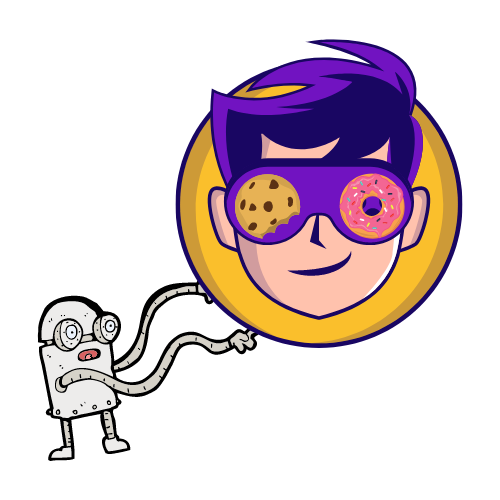



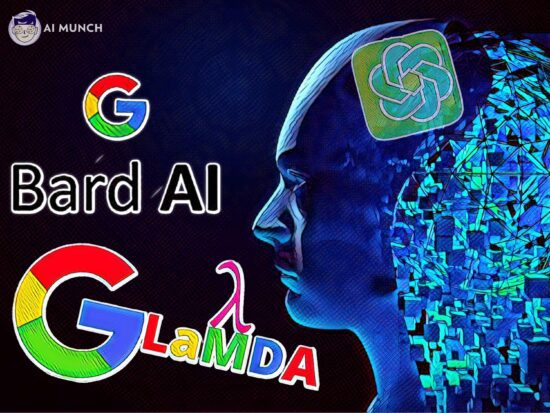


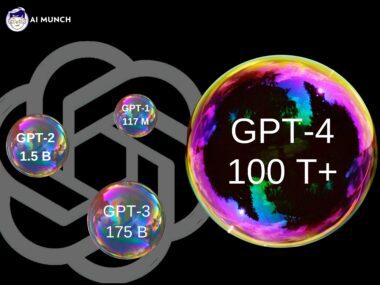
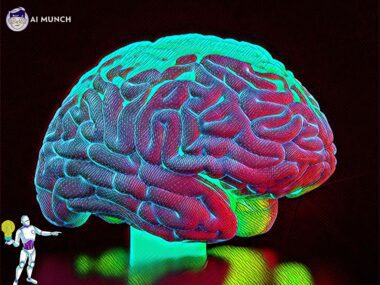
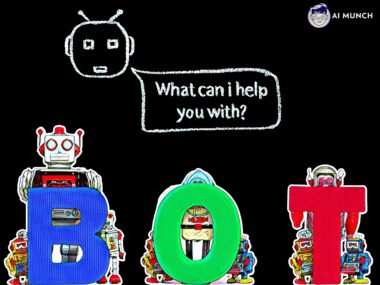

10 comments